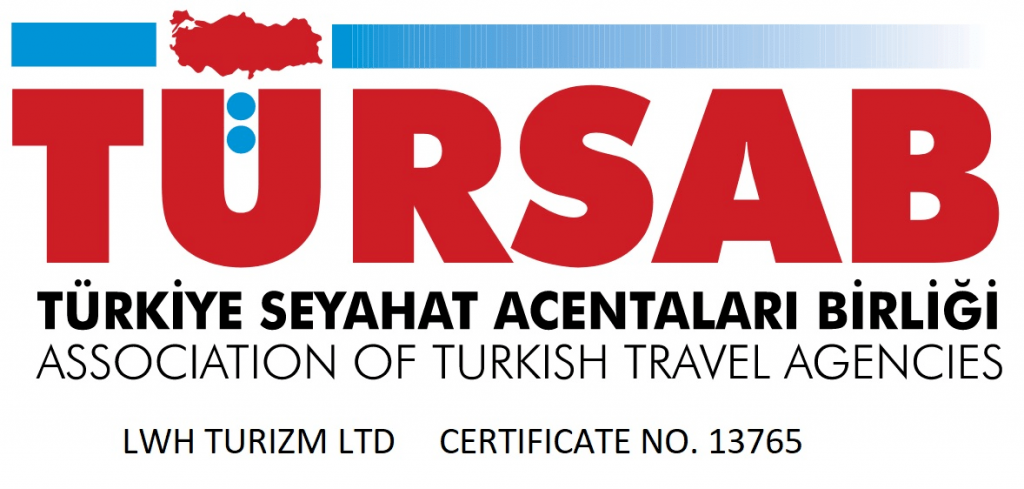In this blog we look at the history of the beautiful region of Kayakoy
For many, The Lycian Way starts in Ovacik, the official start point. If you have time, then we recommend a day exploring Kayakoy.
According to Strabo, the Greek Philosopher, present-day Kayakoy was known as Karmylassos. The only ruins left from this period, 4th Century BC, are several Lycian Tombs.

Much later, around the 14th Century AD, the town was known as Levissi and was a community of approx 10,000 until the early 1920s. It was a mix of Anatolian Muslims & Greek Orthodox Christians. They lived and worked together, integrating both cultures, ideology and religious festivals.

In 1923, at the end of the Greek-Turkish War of 1919-1923, Kayakoy was suddenly emptied of all it’s 6,500 Christian inhabitants. This was policy for both Türkiye’s Christian citizens and Greece’s Muslims who were removed from their homes in a population exchange. The policy was meant to ensure that each country had only one main religion. Levissi became known as Kayakoy, or Rock Village.

Today, the hillside of Kayakoy is a collection of stone ruins. For almost 100 years now the homes, churches, schools and chapels have been left to the elements. The Turkish Ministry of Culture has granted the ruins ‘museum status’ meaning that they are protected for the time being.
If you would like more information about Kayakoy or The Lycian Way please click here or chat to us via the green button below.
Here is a link to a very informative book on Kayakoy: https://www.amazon.co.uk/Guide-Kayak%C3%B6y-Jane-Akatay-ebook/dp/B00C7QOA24/ref=sr_1_1?s=books&ie=UTF8&qid=1552548464&sr=1-1&keywords=a+guide+to+kayakoy


